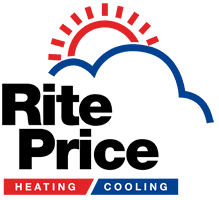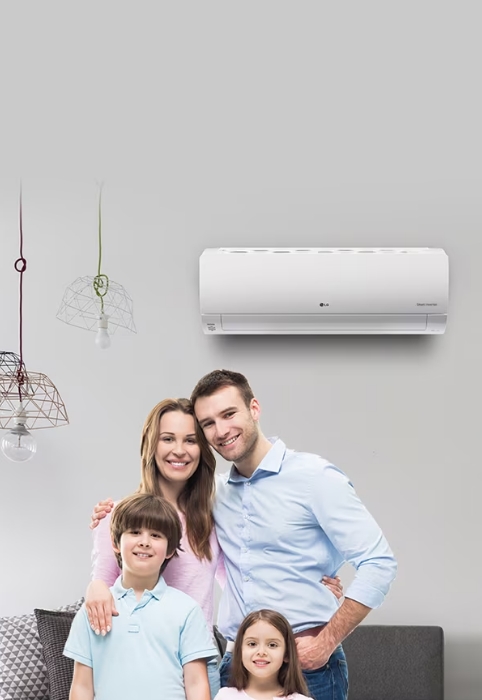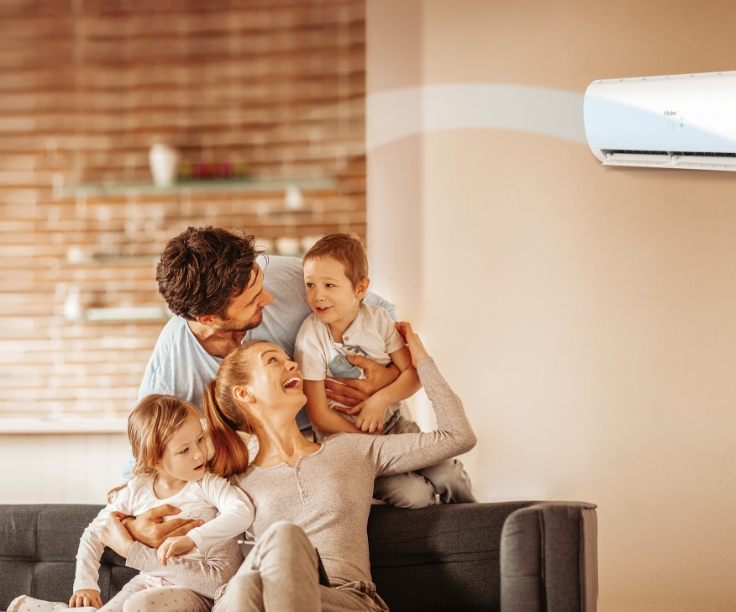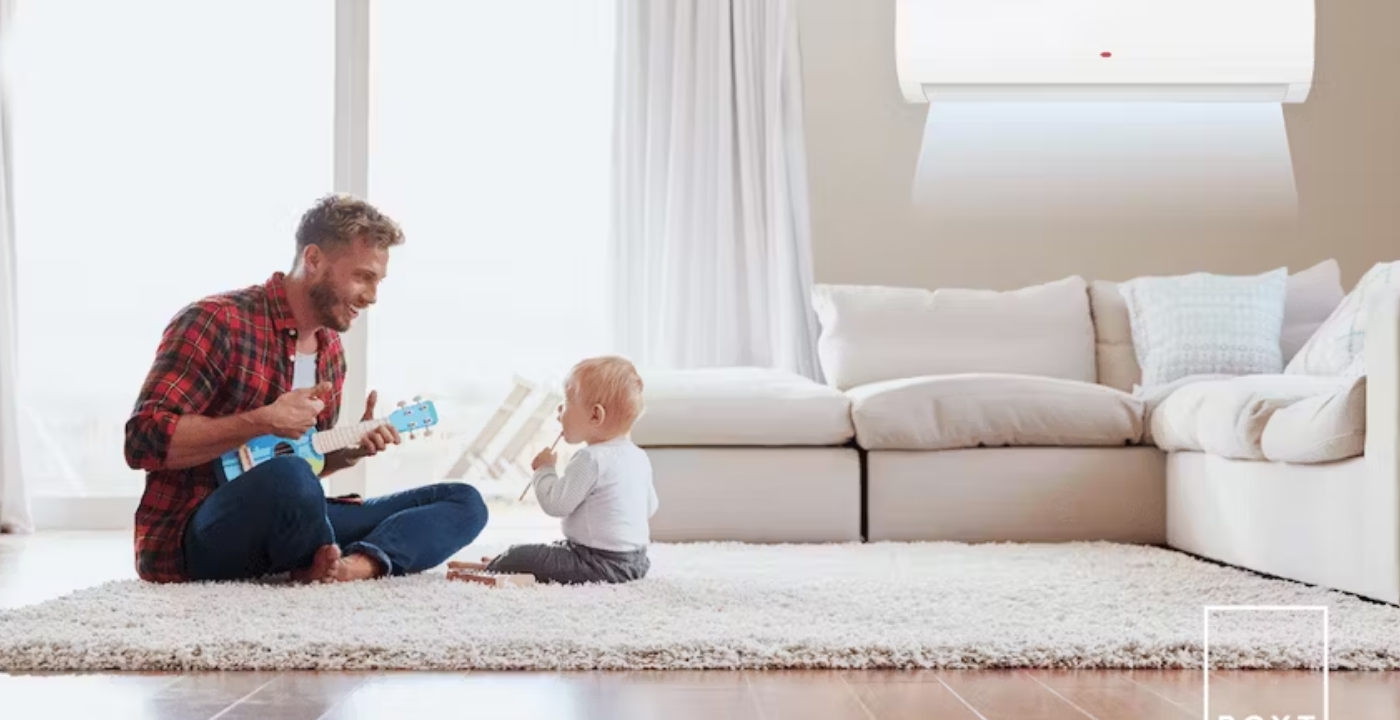Eco-Friendly Cooling Solution: Affordable and Sustainable Air Conditioning
Chill in Style: Budget-Friendly and Eco-Conscious Evaporative Cooling
Evaporative cooling is a trendy form of air conditioning these days. Instead of using a cooling liquid, it relies on evaporation to cool the air naturally. Compared to traditional air conditioning systems like Split Systems or Ducted Reverse Cycle, it offers numerous advantages. If you want to learn more about evaporative cooling appliances, check out our page dedicated to evaporative cooling. So, what exactly this appliance is and why could it be a superior option for your home compared to other types of air conditioning?
Evaporative Cooling – A Quick Overview
Evaporative air conditioning is not only cost-effective but also highly eco-friendly compared to refrigerative air conditioners. In certain circumstances, it can consume up to 90% less power than a ducted air conditioner. By utilizing the natural process of evaporation for cooling, it emits fewer ozone-damaging emissions, making it environmentally conscious.
While the air produced by an EC (evaporative cooling) may not be as icy and crisp as that from a ducted reverse cycle or split system, it offers greater comfort. Thanks to the evaporation process, it has a higher moisture content, making it more pleasant on the skin and providing a natural feel.
If you prefer extremely cold air conditioning, a split system or ducted reverse cycle would be more suitable. However, if you desire a more open and natural atmosphere in your home, an evaporative cooling machine should be your top consideration.
How Does Evaporative Cooling Work?
It cools the air through evaporation. They draw in warm air from the room, pass it through damp cooling pads, and blow it back into the room.
As the warm air moves through the cooling pads, evaporation takes place. This process significantly reduces the air temperature. The air usually reaches a comfortably cool temperature of around 22-25 degrees Celsius. However, it won’t reach the colder temperatures of 16-18 degrees Celsius achieved by refrigerative systems.
Evaporative cooling Adelaide utilizes a network of air conditioning ducts to distribute the cooled air, similar to a ducted reverse cycle system. These ducts are usually hidden from view, located in the roof space or behind walls, resulting in a sleek and minimalist appearance. The air vents are also neatly installed into the ceiling and walls.
Incredible Benefits of Evaporative Cooling
Silent Operation
Leading evaporative cooling manufacturers like Braemar and Breezair invest heavily in research and development to ensure their systems operate quietly. For example, Braemar incorporates Stealth® technology in their units, making them virtually noiseless. Thanks to advancements in fan blade design and the absence of refrigeration, these appliances are known for their quiet operation. You can find the specific decibel (dB) readings for evaporative cooling compared to split systems and ducted reverse cycles in the manufacturers’ system specifications.
Energy Efficiency
When it comes to efficiency, nothing beats the evaporative AC. It is the most cost-effective cooling system to run. Breezair, renowned for their Super Cool system, claims that their unit can operate on just one-tenth (1/10!) of the power consumption of a comparable 20 kW ducted reverse cycle system. This means potential annual savings of $346! If low running costs are your priority, an evaporative cooling system is the way to go.
Effective Water Management
Evaporative cooling relies on water for air cooling, unlike split systems and ducted reverse cycles that use refrigerants. Water is more affordable and easily accessible compared to refrigerants. With refrigerative systems, you’ll need to regularly check and refill the refrigerant levels, usually during air conditioning maintenance.
Leading manufacturers of these amazing appliances like Braemar and Breezair have developed specialized water management technologies to minimize water consumption. Moreover, these systems are designed to automatically drain the internals after each use, preventing mold buildup. All water is stored in a reservoir to prevent wastage.
Comparing Evaporative Cooling with Split Systems: Key Considerations
Many homeowners evaluate the differences between evaporative cooling and Split system air conditioner before making a purchase decision. Here are some important factors to keep in mind:
Evaporative air conditioning Adelaide Benefits
If you reside in an area with high humidity, this appliance may not be the most suitable option for your home or office. This is because the evaporative process relies on the use of running water to filter the air, and in humid conditions, it may not function effectively, resulting in reduced benefits.
Certain regions like the Northern Territory, Queensland, and coastal parts of NSW, which experience intense humidity, may not be ideal for evaporative cooling. However, locations such as Perth, Melbourne, and Adelaide, where the temperature is more suitable, can benefit from efficient evaporative cooling systems.
Operating Costs-
The running cost of this machine is a significant consideration for consumers. On average, this type of system requires approximately 60 liters of water per hour of use. In terms of electricity consumption, the cost would be around $0.50 per hour or even less. This represents substantial savings compared to traditional air conditioning units.
Advantages of Split System Air Conditioning
In contrast, Split system air conditioning is a cost-effective option compared to other cooling systems. These systems are mounted on walls in specific rooms, providing isolated cooling for targeted spaces. While there is an installation cost and space requirement for the exterior condenser unit, split systems can be installed and utilized throughout Australia, delivering instant heating or cooling for any area.
Whether it’s summer or winter, a split system excels in both cooling and heating your home. Additionally, unlike evaporative cooling, split systems do not use water and only require power and regular maintenance as needed.
However, it’s important to note that as compared to EC, running a Split system may result in higher expenses. Some units can consume up to $1.50 to $2 in electricity per hour when operating a 5kW unit in a small home. Nevertheless, you can find split system air conditioning models equipped with inverter technology, which are more energy-efficient and can help mitigate running costs.







